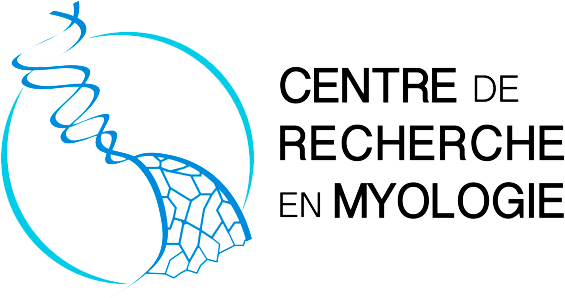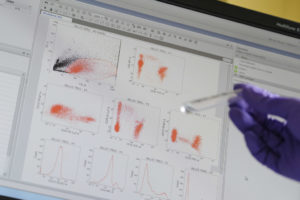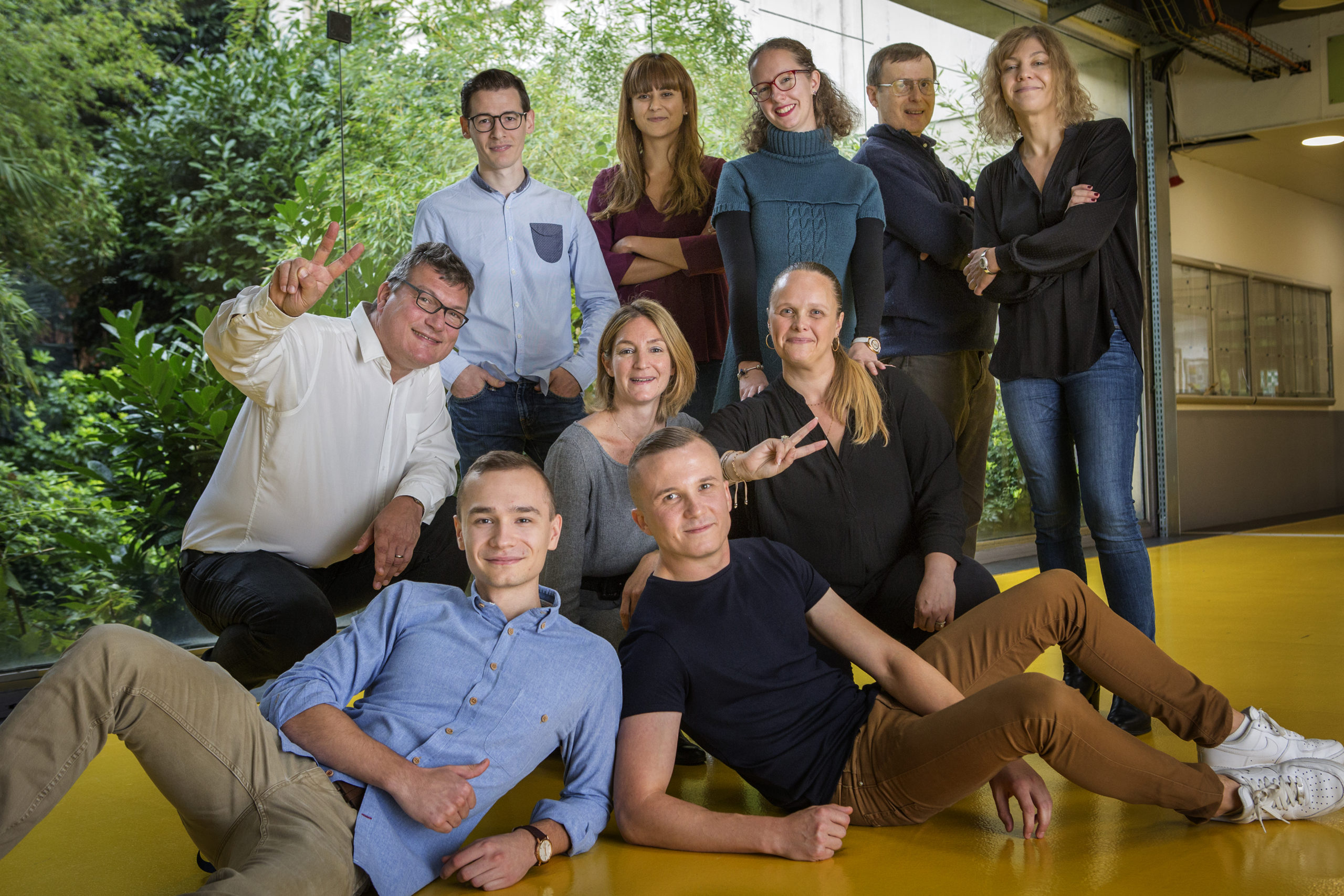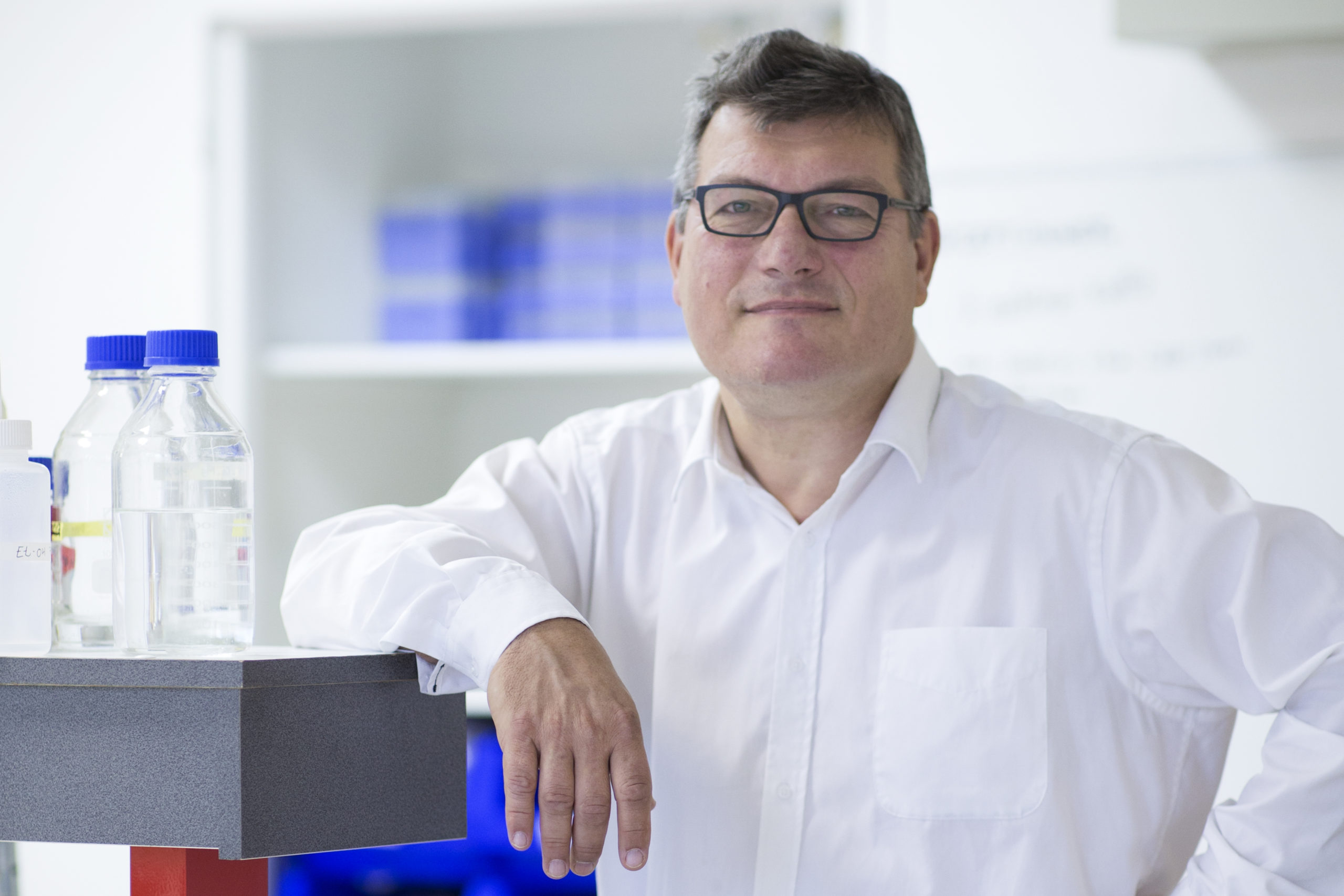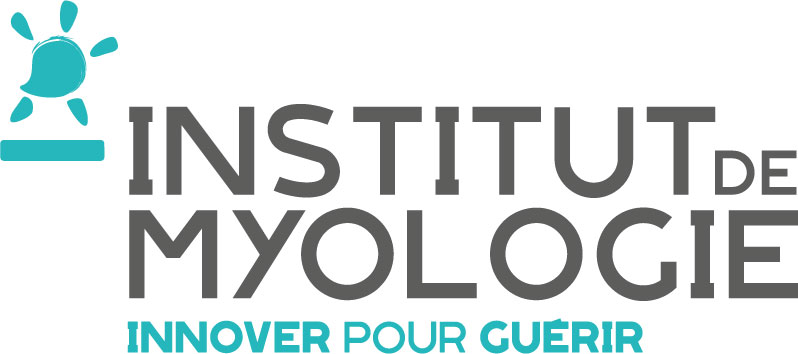Neuromuscular Connectivity in health and diseases
Our laboratory aims to understand the cellular and molecular mechanisms underlying neuromuscular synapse assembly and maintenance in physiological and pathological conditions.
The Neuromuscular junction (NMJ) is the contact zone between motor neurons and skeletal muscles. This synapse drives the precise initiation and control of motion. Therefore, much of our behavior and wellness relies on the appropriate functioning of this specialised structure. Neuromuscular transmission deficiency occurs in a large array of rare human diseases including channelopathies, congenital or acquired myasthenia and amyotrophic lateral sclerosis. Most of these pathologies are untreatable and life threatening with devastating economic and societal consequences in terms of loss of quality of life and of the burden of disability. The patients display complex clinical phenotypes mainly characterized by a profound muscle weakness and loss of mobility.
We combine unbiased screens and a large array of functional assays including quantitative morphological imaging, behavioral analysis and electrophysiology using mouse models and/or human-derived specimens to explore the complexity of the trans-synaptic mechanisms controlling neuromuscular connectivity. Our overarching goal is to improve physiopathological knowledge that can be used not only for molecular diagnosis and genetic counselling of families affected with the diseases of interest, but also to design new targets of therapeutic interest.
To achieve this goal, our team is built on an organization that favors tight interactions between practicing neurologists from the Paris Est French reference center for neuromuscular diseases and researchers/research assistants together with a large network of national/international collaborations to share knowledge and expertise.
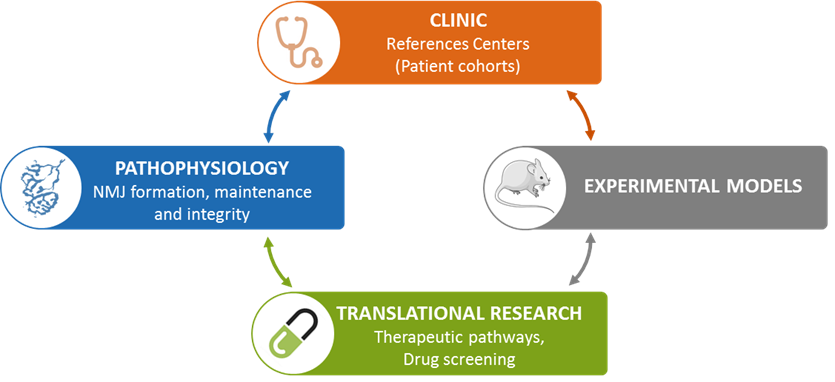
We defined three main aims of research:
1) Characterize the molecular determinants underlying NMJ assembly and maintenance (PI: Laure Strochlic/Julien Messéant).
We have recently identified a new trans-synaptic pathway at the NMJ and developed innovative tools using mouse genetics to dissect its molecular characteristics.
2) Understand how disruption of nerve/muscle communication leads to neuromuscular diseases such as myasthenia and amyotrophic lateral sclerosis (PI: Stéphanie Godard-Bauché/Gaelle Bruneteau).
Thanks to our clinical expertise and our national networks, we analyze the physiopathological mechanisms underlying the studied diseases in patients.
3) Modulate trans-synaptic function to restore appropriate synaptic connectivity in a pathological context as a basis for therapeutic interventions (PI: Bertrand Fontaine/Laure Strochlic).
We develop innovative pharmacological or genetic strategies that promote trans-synaptic communication and nerve/muscle attachment to mitigate NMJ disease symptoms to ultimately prevent or compensate the progression of the loss of motor function in neuromuscular diseases.
Key words: Neuromuscular Junction, Neuromuscular disorders, disease modeling mouse models, human derived specimens, quantitative imaging, therapeutic strategies.
Main collaborations:
- Rozen Le Panse and Sonia Berrih-Aknin (France)
- Arnaud Ferry (France)
- Cécile Martinat (France)
- Eric Krejci (France)
- Frédérique Charbonnier (France)
- Nathalie Sans and Mireille Montcouquiol (France)
- Laurent Schaeffer, NeuroMyoGene Institute, (France)
- Hanns Lochmüller, The Children’s Hospital of Eastern Ontario (Canada)
- Markus Ruëgg, Biozentrum (Switzerland)
- Anna Punga, Uppsala University, (Sweden)
| Name | Position | ORCID |
|---|
- Paloma Gómez-Fernández, Aitzkoa Lopez de Lapuente Portilla, Ianire Astobiza, Jorge Mena, Andoni Urtasun, et al.. The Rare IL22RA2 Signal Peptide Coding Variant rs28385692 Decreases Secretion of IL-22BP Isoform-1, -2 and -3 and Is Associated with Risk for Multiple Sclerosis. Cells, 2020, 9 (1), pp.175. ⟨10.3390/cells9010175⟩. ⟨hal-03464472⟩
- A Hesters, Mdm Amador, R Debs, N Le Forestier, T Lenglet, et al.. Facteurs pronostiques après pose de gastrostomie chez les patients atteints de SLA utilisateurs habituels de VNI : influence du statut respiratoire. Journées Recherche FilSLAN/ARSLA (e-JR6 SLA), 2020, Par visioconférence, France. ⟨hal-04015862⟩
- Gaëlle Bruneteau. Réseau national de recherche clinique dans la SLA et les maladies du motoneurone. Journées nationales annuelles de la filière de santé maladies rares FILSLAN – eJNA, 2020, Par visioconférence, France. ⟨hal-04015843⟩
- Stéphanie Bauché, Sureau Alain, Damien Sternberg, Céline Buon, Julien Messeant, et al.. Identification of a new splice site mutation in synaptotagmin-2 responsible for a severe and early presynaptic form of congenital myasthenic syndrome. journées de la société française de myologie, Nov 2019, Marseille (13), France. ⟨hal-03994043⟩
- Stéphanie Bauché. Mecanismes physiopathologiques impliqués dans les syndromes myasthéniques congénitaux. journée de Neuropédiatrie de Trousseau, Apr 2019, Paris, France. ⟨hal-03994234⟩
- Stéphanie Bauché, Damien Sternberg, Julien Messéant, Myriam Boëx, Marie-Christine Nouguès, et al.. Recent advances in french cohort of congenital myasthenic syndromes patients. Myology, Mar 2019, Bordeaux, France. ⟨hal-03994184⟩
- Maximilien Sochala, Raphaël Porcher, Tanya Stojkovic, Henri Marc Bécane, Anthony Béhin, et al.. High Risk of Fatal and Non-Fatal Venous Thromboembolism in Myotonic Dystrophy. 6th International Congress of Myology, Mar 2019, Bordeaux, France. ⟨hal-04020135⟩
- Capucine Morelot-Panzini, Gaëlle Bruneteau, Jésus Gonzalez-Bermejo. NIV in amyotrophic lateral sclerosis: The ‘when’ and ‘how’ of the matter. Respirology, 2019, 24 (6), pp.521-530. ⟨10.1111/resp.13525⟩. ⟨hal-02365929⟩
- Raquel Guimaraes-Costa, Thomas Similowski, Isabelle Rivals, Capucine Morélot-Panzini, Marie-Cécile Nierat, et al.. Human diaphragm atrophy in amyotrophic lateral sclerosis is not predicted by routine respiratory measures. European Respiratory Journal, 2019, 53 (2), pp.1801749. ⟨10.1183/13993003.01749-2018⟩. ⟨hal-02543564⟩
- Elodie Martin, Jean Kanellopoulos, Bertrand Fontaine, Benoît Delatour, Cécile Delarasse. Le récepteur P2X7, une nouvelle cible thérapeutique dans la maladie d’Alzheimer. Médecine/Sciences, 2019, 35 (2), pp.97-99. ⟨10.1051/medsci/2019017⟩. ⟨hal-02969893⟩
